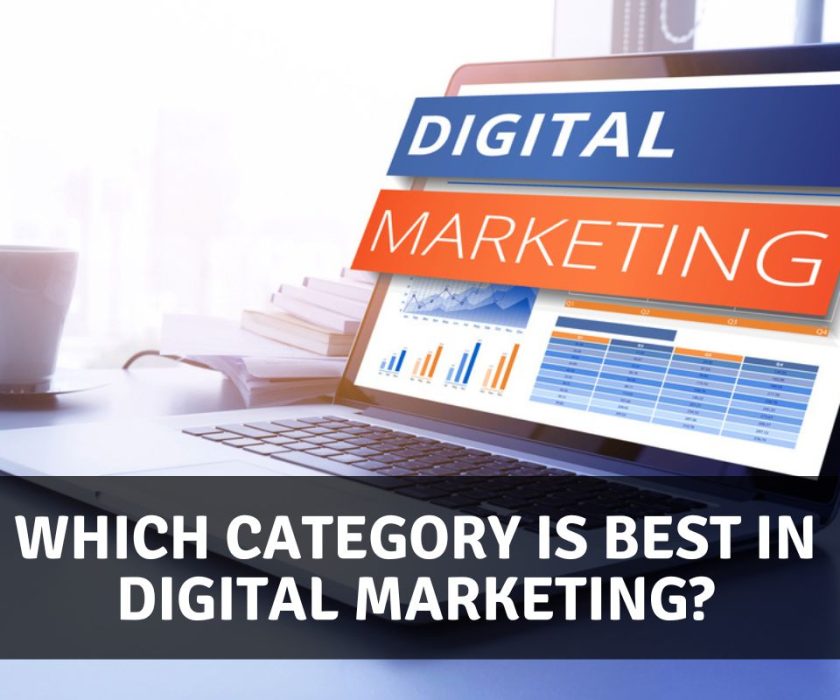What Branding Includes

Branding is the process of incorporating a strong and favourable impression of a brand, its products, or its services in customers’ minds by using attributes such as a logo, design, vision & mission, and a consistent theme across all marketing communications. Effective branding enables firms to differentiate themselves from the competition and build a loyal customer base.
Five Key Elements Included In Branding
Branding elements are the aspects that determine a customer’s impression of a brand. Every step in the branding process improves or defines these features in the eyes of the audience. Branding is more than just snappy slogans & catchy pictures. It is about connecting every component of the brand to build an emotional connection with the target audience.
A company’s mission, story, and emotion are defined through well-aligned strategies and qualities that constitute its branding. Every business interaction should rely on branding design aspects to create a solid foundation in the market. These elements can be divided into the following five categories.
Brand Identity
When you think about branding, you generally think of brand identity. This represents your externally visible image and all of its elements. Your brand identity, for example, would include your logo, brand colours, and website. In simple words, your brand identity is the “aesthetic” of your company. Customers remember brand identity the most; thus, it must be memorable. In addition to being on-trend and in line with customer expectations, it must also be distinct enough to stand out in a swarm of competitors.
Brand Promise
Your brand promise involves communicating the number of desirable properties your company provides to prospective customers. Your company’s mission and vision statements, as well as its brand principles & value proposition, are all included. A brand promise builds the customer’s expectations and holds your organisation accountable to accomplish those expectations. The more your company’s activities match your brand message, the more credibility and customer retention you will generate.
-
Brand Personality
An effective brand builds equity by demonstrating consistent characteristics that a specific customer demographic appreciates. Your brand personality comprises human attributes associated with your brand name, i.e. something with which the customer can connect. Consider the particular character attributes that your workers, prospects, collaborators, and customers use when describing your brand to determine its personality. Aim to evoke a favourable emotional reaction from a specific market sector.
Brand Story
Your brand story is a unified narrative that incorporates the facts and emotions that your business elicits. It’s not about demonstrating or telling; it’s about motivating customers and evoking an emotional response. To be effective, your brand story should describe the events that led to your company’s inception and explain how that story continues to influence your objective. If you construct a captivating brand story, your customers will recognise you, show empathy, and care more about you.
Brand Associations
The physical assets that comprise the brand, such as your logo, name, colours, fonts, & graphic tagline, are known as brand associations. Your brand promise and characteristics must be mirrored in your brand association. In addition, it must complement your brand’s vision statement. Once they are in place, you can establish a suitable brand. Consistency is the cornerstone of any brand’s success. Nobody cares about your business unless you commit to keeping it consistent every time they encounter it.
When you have finished defining and establishing a relevant brand, you must start building the company with customers, employees, & collaborators. Building a successful brand is an ongoing process that necessitates continuous refinement and adjustment. However, for your business to be profitable & attract an audience over time, you must have the correct branding components. That is why it is critical to consider the five aspects stated above while formulating your brand strategy.











